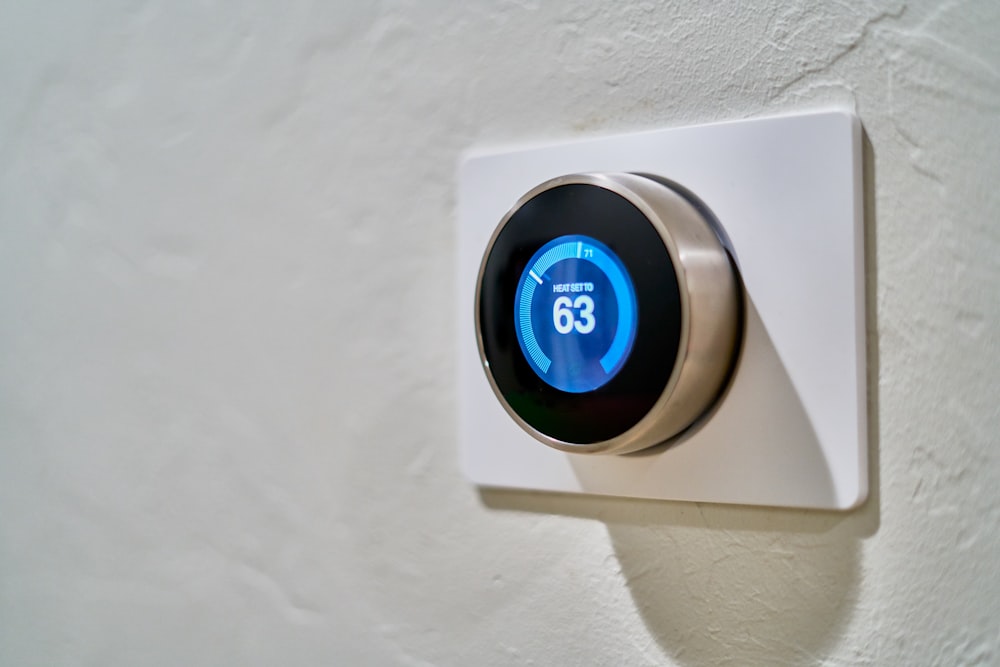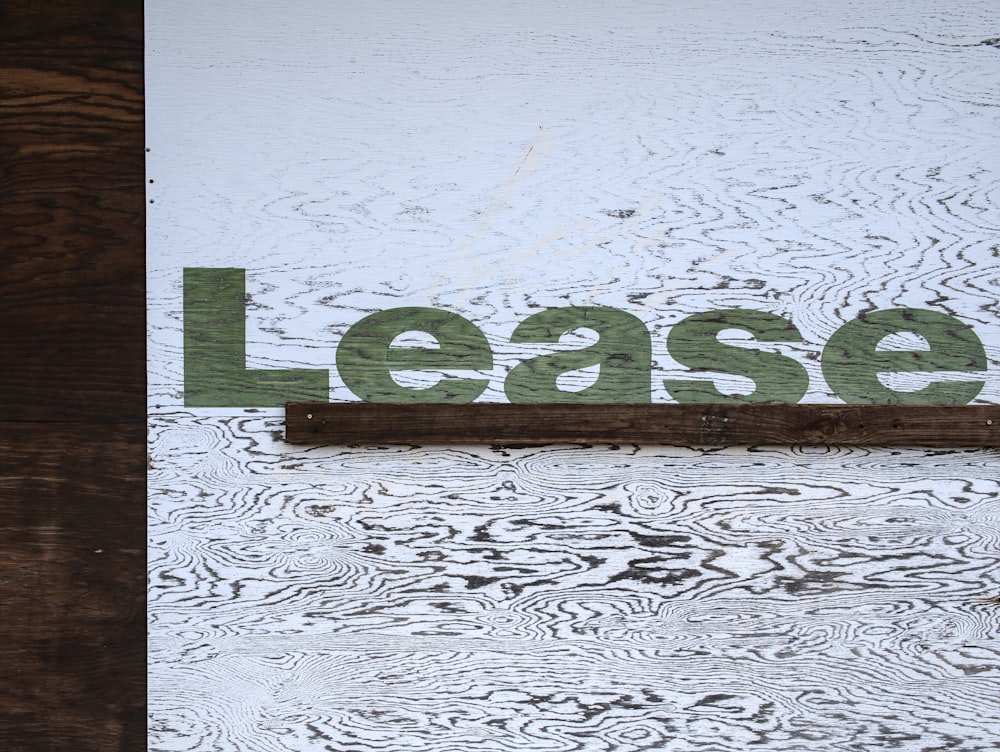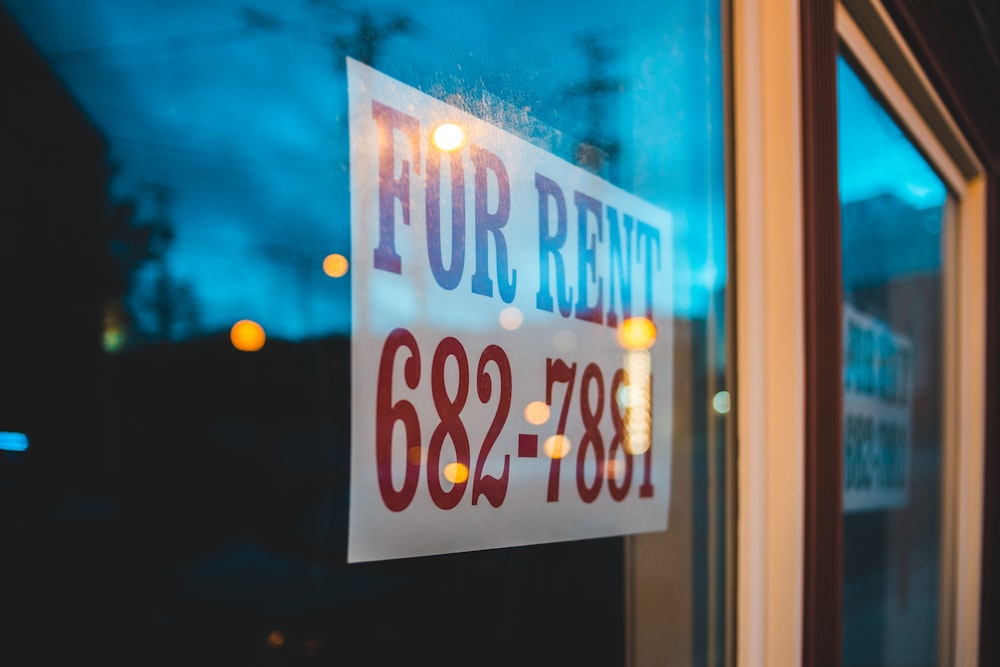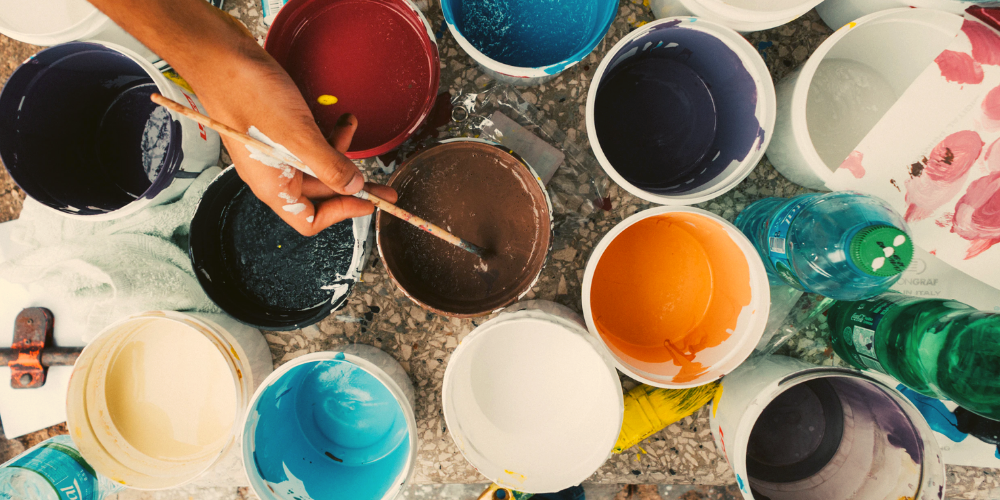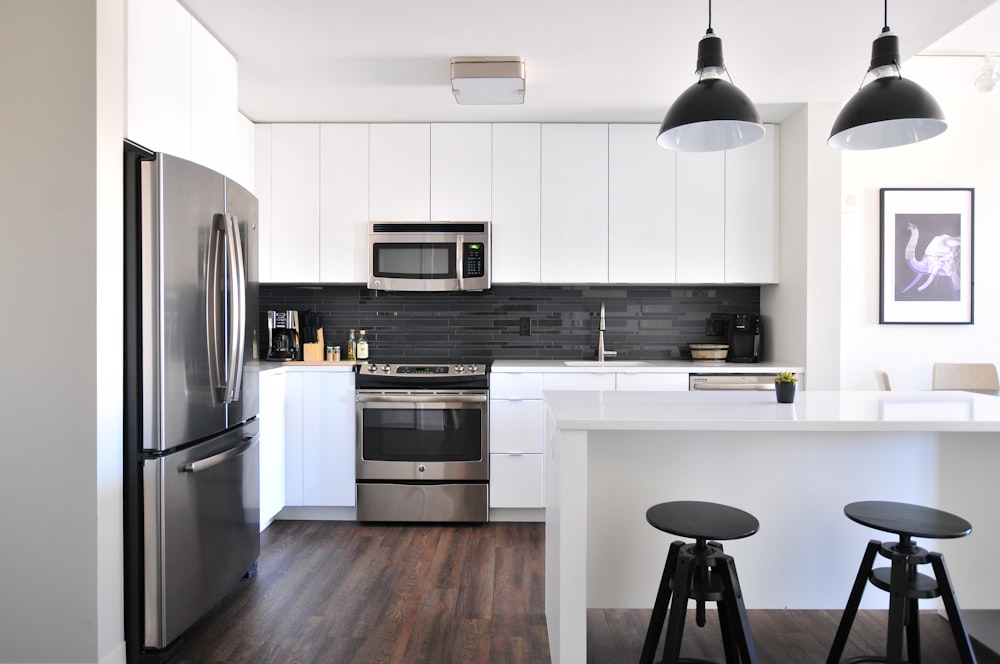6 Budget-Friendly Bedroom Upgrade Ideas
https://www.c4dcrew.com/wp-content/uploads/2021/07/C4D-Post-Design-1.png 1000 500 Taylor Witt Taylor Witt https://secure.gravatar.com/avatar/c007419611804209e46af7a884e93ad9?s=96&d=mm&r=gDepending on how much time you spend in it, your bedroom could have a very special place in your heart. Everyone wants to have the bedroom of their dreams, whether they want to use it to sleep or as a place of work. The good news is that it’s one of the cheapest rooms to renovate. Just making a few changes here and there could completely transform its look. Here are a few budget-friendly bedroom upgrade ideas that you can try.
Apply a Fresh Coat of Paint
Painting is one of the most affordable and easiest things that you can do to improve your bedroom. You should try doing something original here. Maybe you could create an accent wall in a different color or choose a different color for your ceiling. Virtually any color will work as long as the rest of the room is in a neutral tone.
You could use crown molding to make a separation between colors. This will also make for a better finish and make the work like it was professionally designed.
Add Wallpaper
Alternatively, you could also go with wallpaper. New generation wallpapers are nothing like their predecessors, and you could use them to cover whole walls, create an accent wall, or add strips.
Get a New Mattress
It’s sometimes the things we don’t see that matter the most, and getting a new mattress could be the best gift you’ve ever made to yourself. Not to mention that Labor Day is coming up soon, which means that you can find a great Labor Day mattress sale and look at models that would otherwise be out of the question.
When picking a mattress, you have to make sure that you consider which type of sleeper you are. Don’t fall for the trends either. You might think that memory foam has to be the best because you hear about it everywhere. However, it might not be the best mattress for someone who needs extra firmness, for instance. So, take the time to do your research on different mattress types so you can make an informed decision.
Get a Smart Thermostat
If you are having trouble sleeping, know that it doesn’t necessarily have to do with your mattress, however. In some cases, something as simple as temperature could be the cause here. You see, the human body has a certain temperature where it will have a sleep response, which is said to be around 60 to 67 degrees Fahrenheit. Investing in a smart thermostat is the only way to make sure that the temperature stays within that precise range. Not to mention that you’ll be able to turn it on and shut it down whenever you want and from wherever you are.
Add Some Shelves
Whether you need extra space to store your book, or you want to add some decorative elements, adding a few shelves is a great idea. This is one of the simplest DIY projects out there and can be complicated in as little as a day.
Get Yourself a Chest or a Bench
Adding a bench or a chest to your bedroom could give it a nice charm and make it more functional. The foot of the bed is perfect for something like a chest and it will also give you additional storage. Benches can be found for very cheap if you know where to look. There are plenty of benches made of reclaimed wood that you can find. You can also get the wood yourself and build one.
All of these modifications could make your bedroom look brand new without breaking the bank. Look at which ones would work the best in your space and don’t be afraid to experiment.




